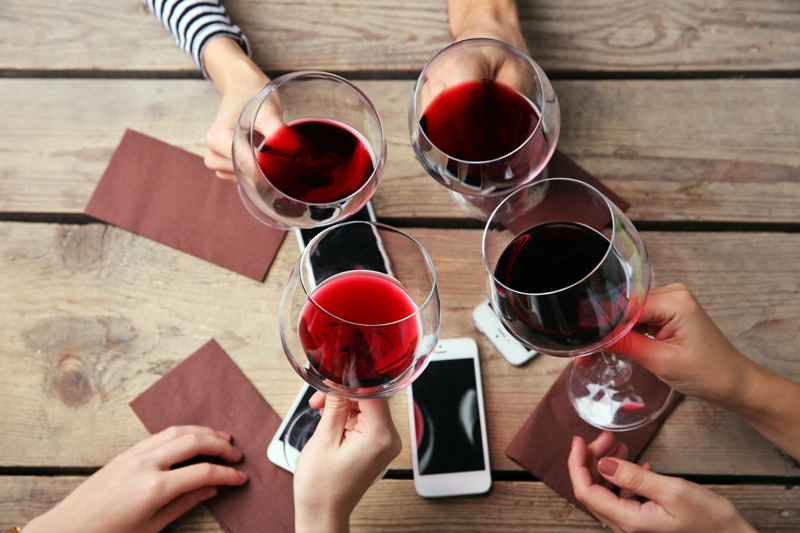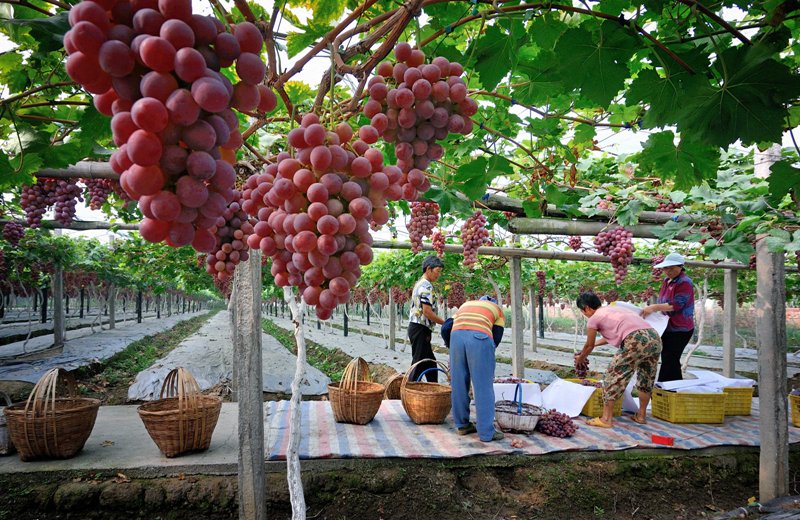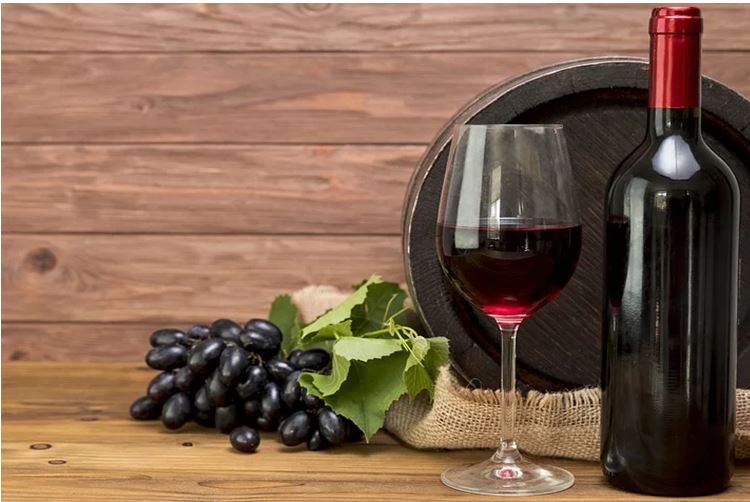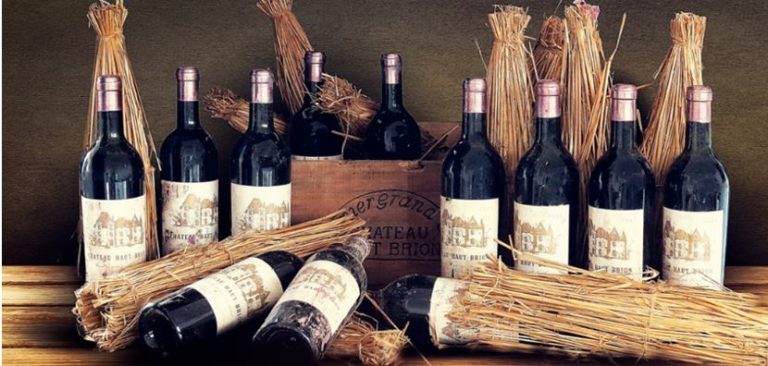To know more about the Wine Tourism in China, contact us at dx@daxueconsulting.com
Wine Tourism in China
Traditional Chinese drinking culture has most often involved toasting with shots of baijiu (spirit), but in the past couple years, the dinner table has a new guest: red wine. Chinese wine consumption is growing at seven times the global average, leaving huge potentials for its domestic production and related wine tourism industry. However, red wine still has a way to go to immerse itself into the Chinese drinking culture and gain wide acceptance by the population. This article will explore the current wine culture in China, its domestic production, and the potential for a wine tourism industry.
Growth of Wine Consumption
 Although wine has yet to fit into the traditional culture, the culture exalts the red hue of wine, associating it with wealth and luck. In 2013, China consumed 1.865 billion bottles of red wine, up 136 percent from 2013. In the meantime, consumption in France and Italy both fell, by 18 percent and 5.8 percent respectively. But wine has not an integrated part of daily living in China like it is in France and Italy, and the per capita wine consumption is still far greater in Europe. The average Chinese person drinks a bottle of wine annually. However, if the popularity of wine increases a little, the growth of wine consumption will grow immensely given China’s 1.3 billion population.
Although wine has yet to fit into the traditional culture, the culture exalts the red hue of wine, associating it with wealth and luck. In 2013, China consumed 1.865 billion bottles of red wine, up 136 percent from 2013. In the meantime, consumption in France and Italy both fell, by 18 percent and 5.8 percent respectively. But wine has not an integrated part of daily living in China like it is in France and Italy, and the per capita wine consumption is still far greater in Europe. The average Chinese person drinks a bottle of wine annually. However, if the popularity of wine increases a little, the growth of wine consumption will grow immensely given China’s 1.3 billion population.
Domestic Vineyards
Although the Chinese associated European wines more with wealth and power, less than a fifth of all wine consumed is imported. China’s wine production industry is still in its early stages, but China is now the world’s fifth-largest producer. A market dominated by a small number of large domestic companies such as Changyu Pioneer wine, Dynastic Wine, and China Great Wall Wine. Production is concentrated in the Bohai Bay area in Shandong, and individual farmers, not commercial farms, operate many vineyards. Chinese people generally have lower confidence in local wine, however, due to fears of polluted vineyards and pesticide-covered grapes.
Wine Tourism Prospects
More and more of wealthy Chinese who travel abroad to Europe are visiting the countryside’s vineyards, after exhausting tourist landmarks and shopping in the city. A wine tour typically consists of a vineyard history introduction, wine making, and a tasting. Most often in the West, most people who go on these wine tours already have a minimal understanding of wine, or at least have tasted it. But the wine connoisseur demographics of Chinese wine tourism drastically differ.
More of the Chinese middle class’s rising income is going to towards leisure and entertainment. To most Chinese, wine tours are just another tourist attraction, perhaps a classier, more Westernized visit to a popular landmark. Most of the tourists know little about wine, and many have not tasted it before.
Despite a lack of tourists, the infrastructure for wine tourism already exists from European vineyard houses to hotels and restaurants. Investors and the government have poured money intro construction, speculating that as the largest market in the world, China can soon provide high demand.
The wine tourism target consumers can then be categorized as:
- Younger Middle-Class Tourists who come for leisure travel and are looking for a picturesque countryside villa to relax and take pictures with family. Many may bring along their parents and children, who will be less interested in learning about wine consumption than about enjoying the atmosphere.
- Wealthy Chinese Consumers who are seeking to gain more knowledge on wine consumption and are looking for a more sophisticated and in-depth wine tour. These rich Chinese may also be interested in purchasing vineyards in China.
General public understanding of wine culture is still low, and most Chinese regard it as something classy Westerners partake in. There have not been major ad campaigns by the wine producers and local governments to generate public knowledge of wine tourism. But as red wine finds its way onto the dinner table for both family meals and business deals, the Shandong vineyards may soon be filled with Chinese tourists. It’s only a matter of who can first brand wine tourism to resonate with the Chinese, and capture this high potential market.
Case Study: Wine Industry in China
One of Daxue Consulting’s clients had already enjoyed a solid reputation in China, yet it never had a clear strategy regarding its market potential and how to maintain and grow its reputation in China’s real competitive marketplace. Indeed, the client had never implemented a uniform marketing strategy in the mainland.
Therefore, the client needed to build a strong marketing strategy to maintain its market dominance in the mainland. Daxue Consulting was contacted to plan and implement a research module with the aim of understanding the various behaviors, awareness levels held by their customers. With valuable Marketing information, Daxue Consulting developed a market assessment report and a marketing plan as a basis for the following 2 years plan advertising campaigns in China.
See also our latest infographic on Twitter about the Leisure Market in China:
How much time do the #Chinese spend on #leisure activities? Check our latest study https://t.co/MEcFu2w0En #China pic.twitter.com/ZWImbhlqCt
— Daxue Consulting (@DaxueConsulting) November 18, 2015





